The other day I was talking to my daughter on the phone when I noticed a subtle change in her reaction to the pandemic. I believe this also applies to the climate crisis.
She said she’d just gotten back from a run to Target with her youngest daughter and they had stopped at a Dairy Queen. Now, she was about to take her second child to soccer practice and her oldest son was at the park with two friends. Tomorrow they were headed for music lessons at another house.
It seemed to me like she felt the pandemic was over. From my perception, I thought that little had changed. Cases are still going up. People are still dying. There is no vaccine or viable treatment. How could we have such divergent views?
The answer lies in how we make risk assessments and react to them.
As humans, our risk assessment or fear of threats diminishes over time with repeated exposure to that same threat. Essentially we get numb to the repeated threat.
When the threat is new and immediate, we tend to pay attention. Fear captures our attention. Taking your first airline flight? Hit a little turbulence? You tighten your buttocks and look at other passengers for signs of their reaction. But after several flights you’re starting to feel more comfortable, even though you still know intellectually that planes crash. But you haven’t been in a crash or know anyone who has.
This is what’s happening with the pandemic. It has nothing to do with the president’s denial, though he may actually be counting on the fear fatigue factor. The same effect is true in communicating about climate change.
We have beaten people over the head with climate fear and disaster porn for so long they may agree the climate crisis is a threat, but simply don’t care, or can’t see how they can make any difference. Even the term crisis emphasizes the fear factor, but it never goes away. Peddling fear causes a backlash. Many feel climate change is something that is happening far away and won’t affect them personally. Yes, there are still those who can assess the risk from facts, but even they can be overwhelmed and give up. So what can we do to get people to focus on climate action?
Some would say that we have to ramp up the fear. Each month gives us a new set of catastrophes to worry about. But like an addictive drug, it is unlikely to work for long or get people to act. Instead, think back to what was happening before the pandemic hit.
Thousands of people were marching in the streets for climate justice. Greta Thunberg had ignited a worldwide youth movement. Of course people intellectually understood the threat of the climate crisis. But they joined for two reasons.
The most important one was identity. They want to be part of something bigger than themselves and be part of a group that also wanted similar things. They saw their own faces in the crowd. Climate was the catalyst, but the fuel was their shared identity.
The second was the ability to act. Action, not hope, is the antidote to fear and apathy. It gives us purpose. It makes good things possible. We resonate with a common vision but sometimes it’s the action that comes first. And marching is doing something.
On Maslow’s hierarchy of needs, once we have our basic physiological needs addressed, then we turn to safety and security. If appeals to safety diminish over time in response to fear, then the next level of need kicks in. That is the need to belong and to be loved. The need for friends, family or a supporting group.
People sometimes join together in the presence of fear. But the need to belong can be stronger than fear. To say people don’t act in their own self-interest is a common misconception. What is actually happening is that we don’t understand their self-interest. We can’t understand why someone would deny the threat of climate or COVID, but what we don’t see is the reinforcement of their need to belong to a group of similar-minded people.
If we want to succeed in creating action for the climate crisis, we must cultivate a sense of belonging and identity. Think about groups that have a strong cohesive force, the military or your own family, for example. In these, group identity is based on trust and the willingness to give, even your life, for a family member or a fellow soldier. Should it be surprising that giving is at the heart of developing the trust to form a cohesive identity? What does this mean for climate activists?
The reason we are climate activists is because we care about others. We care about our children, our fellow citizens and their safety and security. We do the things we do for others. Giving and caring is the key.
For every climate communication and interaction, we might start by asking these questions focused on serving others:
- What common values do we share, rather than what issues and problems do we see?
- Are we clear about our vision and purpose, for example, what do we stand for, as opposed to what are we against?
- What are we willing to give to others?
- What can we ask of our audience that gives them purpose?
Rather than fear alone, let’s focus on brotherhood and sisterhood more. The values that connect us are stronger than the fear. The trust we build is based on what we are willing to give to others. Our vision is important and yet our action cements our purpose. Mutual action builds identity and attracts others. Together, we succeed.
Hobie,
‘We are all connected. Savor the Earth!’™
Hobart Stocking
SkyWaterEarth.com
hobart@skywaterearth.com
651-357-0110
Facebook: @SkyWaterEarthConnected
Twitter: @SkyWaterEarth


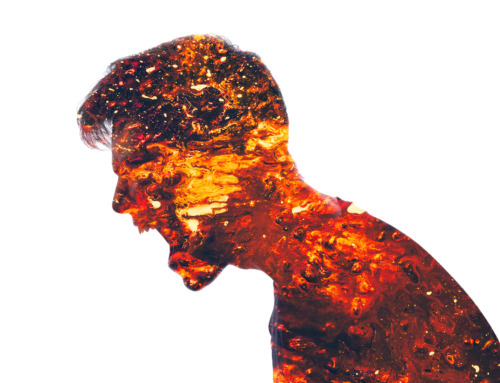
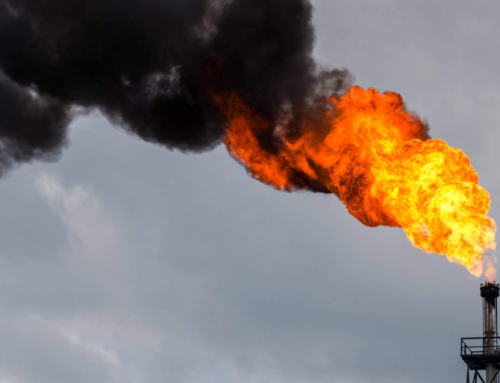

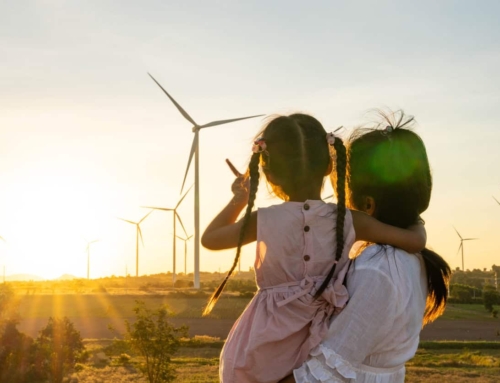
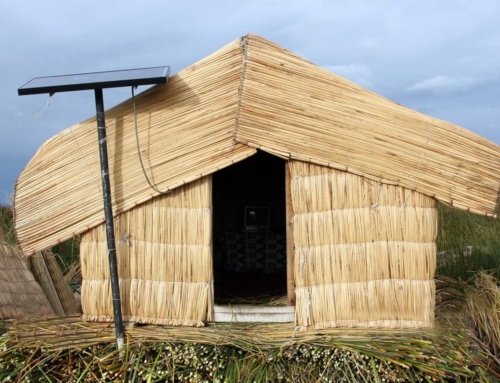
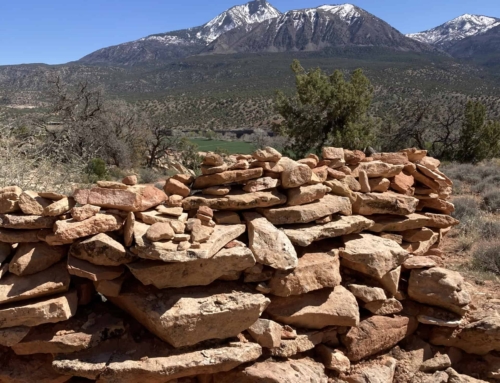
Leave A Comment